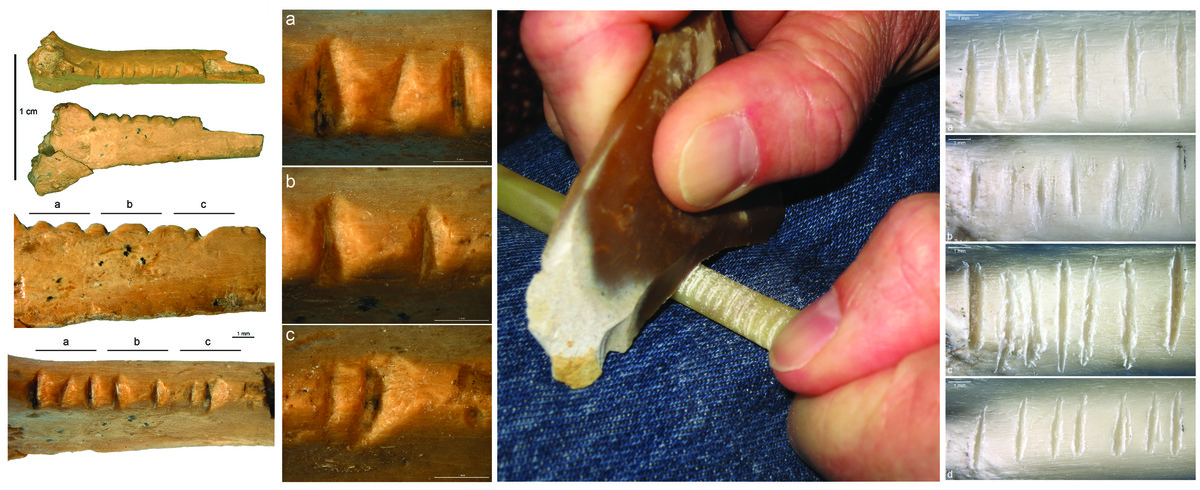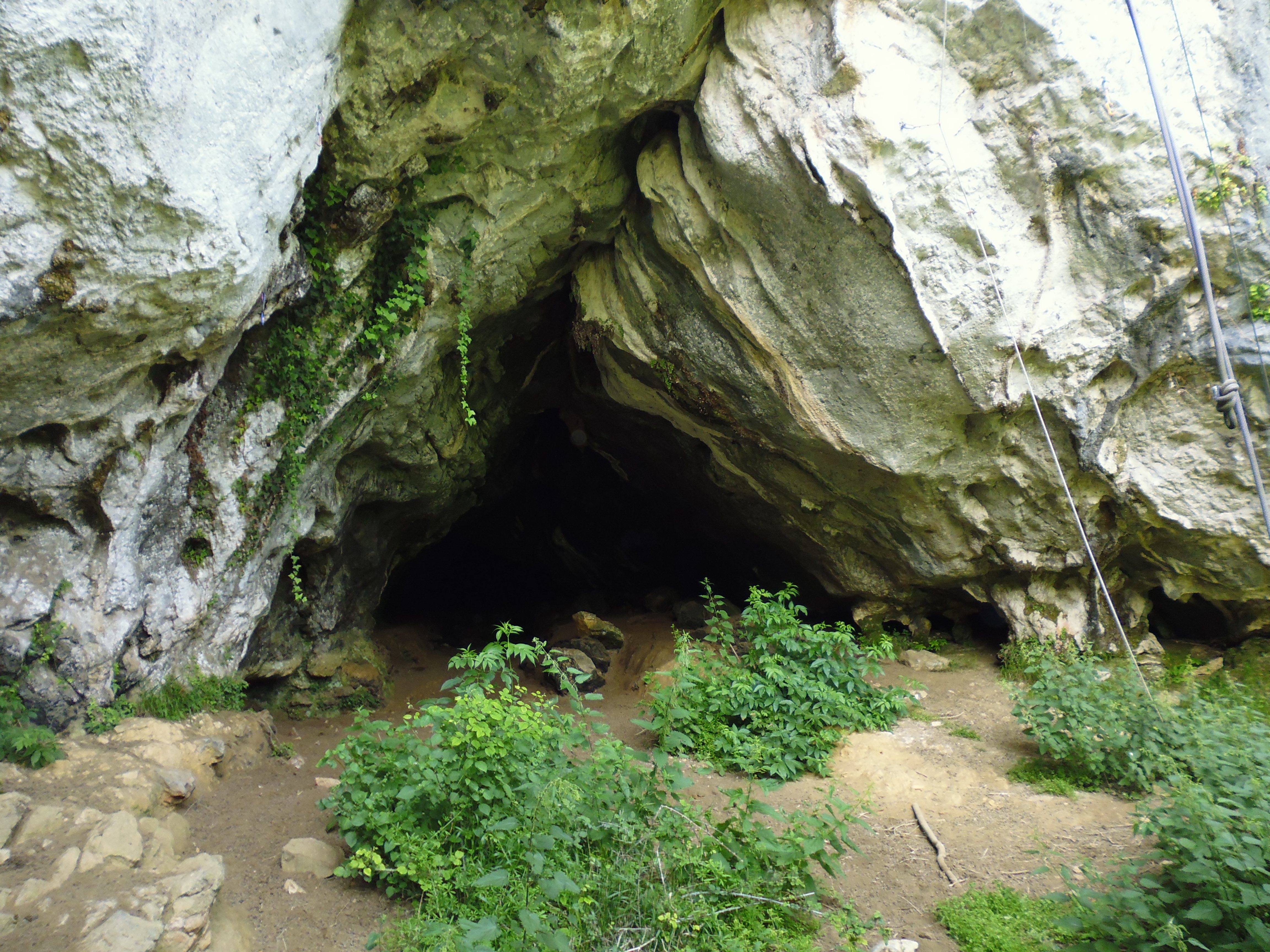They have concluded that the ability to speak of Neanderthals was similar to ours.
2021/03/04 Galarraga Aiestaran, Ana - Elhuyar Zientzia Iturria: Elhuyar aldizkaria

Analyzing the hearing structures of Neanderthals and their evolution have come to the conclusion that their hearing was similar to ours and also had the ability to speak. The study, led by evolutionary otoacoustics researcher Mercedes Conde Valverde (University of Alcalá), has had the collaboration of international paleoanthropologists and telecommunications engineers. The results have been published in the journal Nature Ecology & Evolution.
This is an old debate about the ability to speak of Neanderthals. In fact, the instrumentation and activities they carried out (the fire, the burial of the dead) suggest that communication between these human groups was very effective and complex. In addition, genetic studies showed that the variant of a speech related gene (FOXP2) was in them like ours. But paleontropological research, that is, fossils, found no evidence that Neanderthals were able to speak.
Now, this work of Neanderthal hearing analysis has shown that oral communication of Neanderthals was as complex as ours. To reach this conclusion, the auditory structures of the nine individuals and five Neanderthal bone Sim individuals from the Atapuerca site have been analyzed using computed tomography. Bone Sim individuals are prior to Neanderthals and are 450,000 years old. Thus, they have studied the evolution of hearing structures and have proven that the ability of Neanderthals is similar to ours.
Culture and joint physiology
Conde has particularly highlighted his ability to determine that, in both Neanderthals and sapiens, the evolution of ear bandwidth occurred independently: “They evolved in parallel to achieve effective and complex oral communication,” he explained.In Conde’s words, this bandwidth is directly related to speech, demonstrating that they were able to speak. “We can say, therefore, that they were absolutely human. In fact, their demonstration helps us understand how the Neanderthals managed to develop their culture and transmit it from generation to generation.”
This was highlighted by archaeologist Joseba Ríos Garaizar: “Genetic and anatomical studies demonstrate the ability of Neanderthals to emit sounds like ours. Language is something else. But we see that Neanderthals transmitted culture, not only culture, but also complex concepts. This means that they had developed or complex forms of communication. It can be concluded that both culture and physiology go together.”
On the other hand, it seemed worthy of mention to Conde that the investigation was subsidized by a private company: “We have received funding from HM Hospitals and it seems good news to me that private companies support basic research in a country that invests so much less money in science.”
He goes on to say that now they want to investigate fossils of other species of the genus Homo to better understand how speech appeared. “Within this, the oldest fossils of our species interest us a lot to know how the evolution of the sapiens speech was”.

Gai honi buruzko eduki gehiago
Elhuyarrek garatutako teknologia





